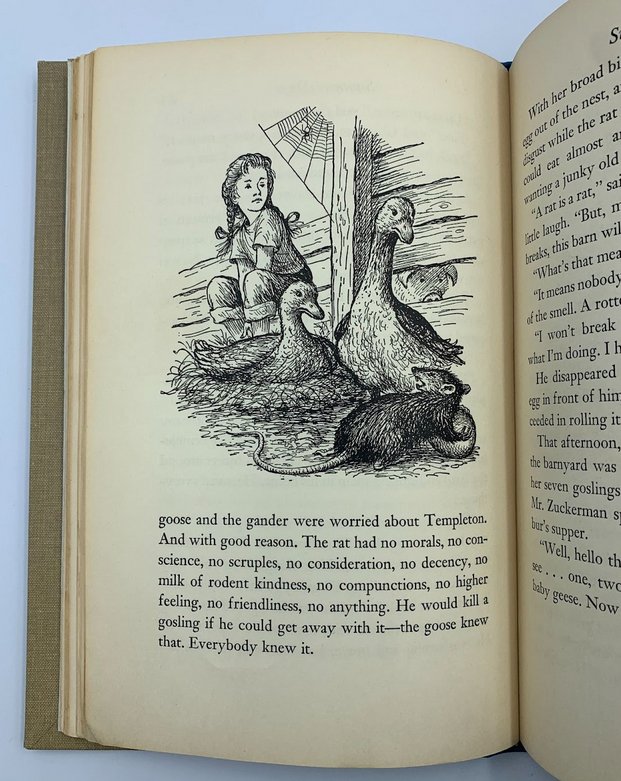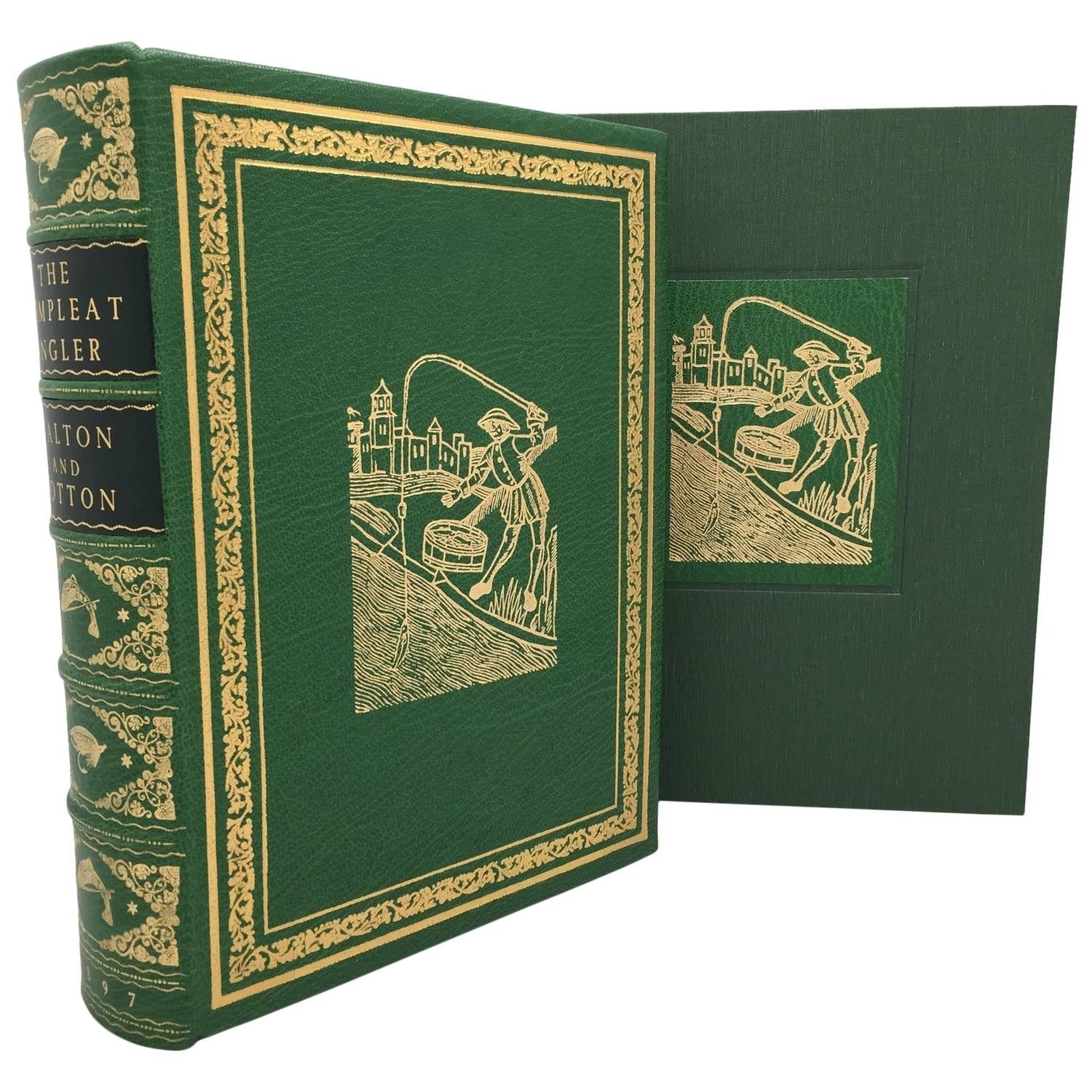Illustrations by J.R.R. Tolkien
Although J. R. R. Tolkien has long been celebrated as one of the greatest fantasy writers of the 20th century, he has more recently been lauded as a gifted illustrator as well, thanks to the charming and evocative illustrations that accompany The Hobbit and newly-surfaced manuscript illustrations for his Lord of The Rings trilogy. Few realize that Tolkien, who self-illustrated many of his famous works, was as much an artist of pictures as he was of words. 
As J.R.R. Tolkien wrote The Hobbit, he drew illustrations for the book while it was still in manuscript form. Although many were sketches to help assist and map out his epic world-building, he still approached the visual medium with as much thoughtfulness and imaginative rigor as he did his stories. A handful of his illustrations were selected to be included in the book’s printing.
Our second edition printing of The Hobbit opens with a beautiful, full color illustration of “The Hill: Hobbiton-across-the Water” as its frontispiece. Throughout the book, readers will find eight black and white illustrations, depicting misty mountains and trolls dancing by firelight, interior scenes of Beorn’s Hall and The Hall at Bag-End, and intricate depictions of towns visited by Bilbo. The original front and back endpapers map out the world in black and red, with rivers, mountains, and the infamous Smaug all neatly labelled. Tolkien also designed the green cloth binding, featuring an embossed Smaug on the front boards. His illustrations for The Hobbit add an extra dimension to his remarkable story, and have long influenced how readers imagine Bilbo Baggins and his world.

Yet once The Hobbit was published in 1937, Tolkein was disheartened by comments from critics who called the illustrations childish, unpolished, and claimed the illustrations “show no reflection of his literary talent and imagination”(Flood, The Guardian). Not all reviews were negative; his contemporary C.S. Lewis argued that the illustrations were an admirable and positive addition to the whole reading experience:
“To define the world of The Hobbit is, of course, impossible, because it is new. You cannot anticipate it before you go there, as you cannot forget it once you have gone. The author’s admirable illustrations and maps of Mirkwood and Goblingate and Esgaroth give one an inkling—and so do the names and images of the dwarf and dragon that catch our eyes as we first ruffle the pages. But there are dwarfs and dwarfs, and no common recipe for children’s stories will give you creatures so rooted in their own soil and history as those of Professor Tolkien—who obviously knows much more about them than he needs for this tale”(C. S. Lewis, Times Literary Supplement, 1937).
Nevertheless, the negative comments took their toll on Tolkein and dissuaded him from including illustrations in his next series. In the middle of writing The Lord of the Rings, in 1939, he told his publisher that the work was “laborious,” and that “I should have no time or energy for illustration. I never could draw, and the half-baked intimations of it seem wholly to have left me. A map (very necessary) would be all I could do”(Flood). Just two illustrations were included in the original edition of The Lord of the Rings, “The Doors of Durin” and “The Inscription on Balin’s Tomb.”
List of Illustrations & Maps in The Hobbit
The Hill: Hobbiton-across-the Water, full page color frontispiece
The Trolls, full page, black and white, pp. 49
The Mountain-path, full page, black and white, pp.68
The Misty Mountains looking West from the Eyrie towards Goblin Gate, half-page, black and white, pp.122
Beorn’s Hall, full page, black and white, pp. 131
The ElvenKing’s Gate, full page, black and white, pp. 182
Lake Town, full page, black and white, pp. 201
The Front Gate, full page, black and white, pp. 214
The Hall at Bag-End, residence of B. Baggins Esquire, full page, black and white, pp. 312
Thror’s Map, Map, black and red, front end papers (original saved in back)
Wilderland, Map, black and red, back end papers (original saved in back)
Green front boards with black embossed Smaug illustration (original saved in back)
List of illustration in The Lord of the Rings
The Doors of Durin, full page, black and white, in The Fellowship of the Ring, pp.318
Ballin’s Tome, half page, black and white, in The Fellowship of the Ring, pp.333









